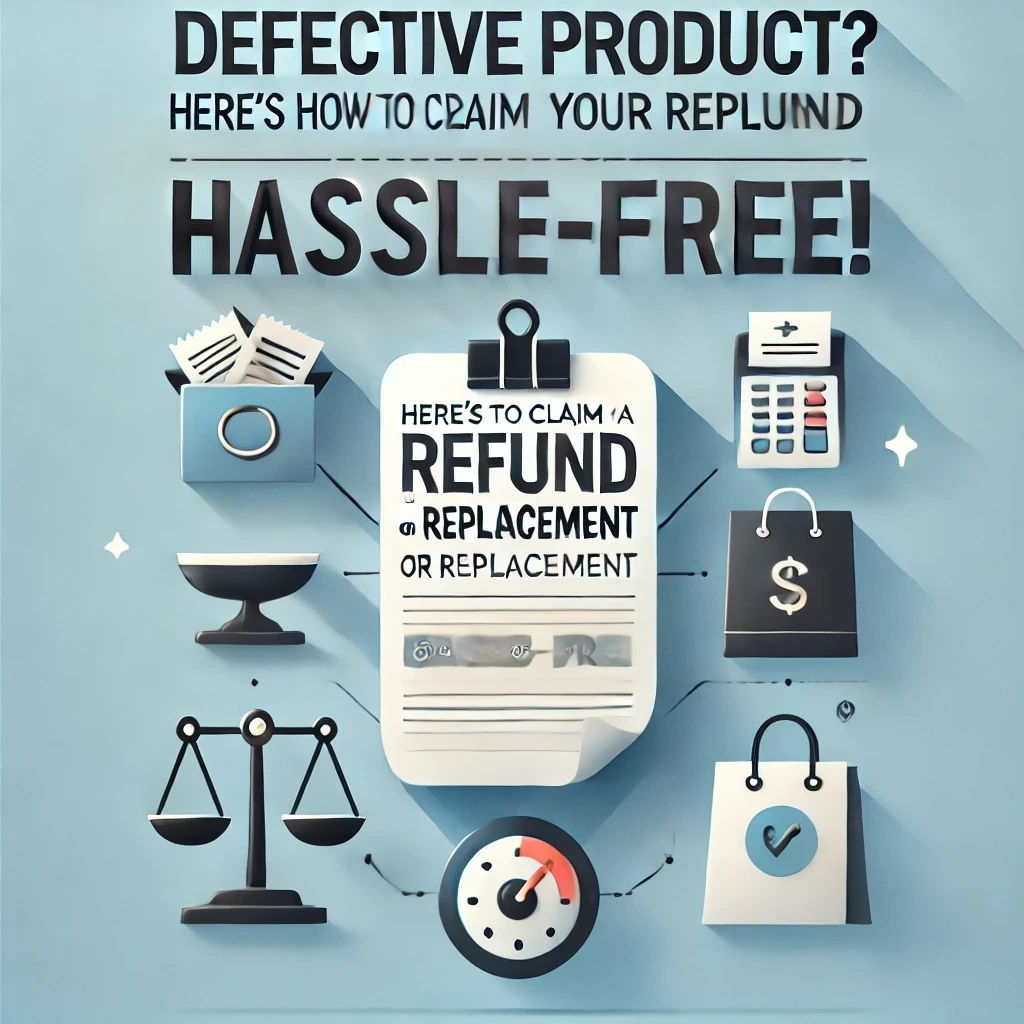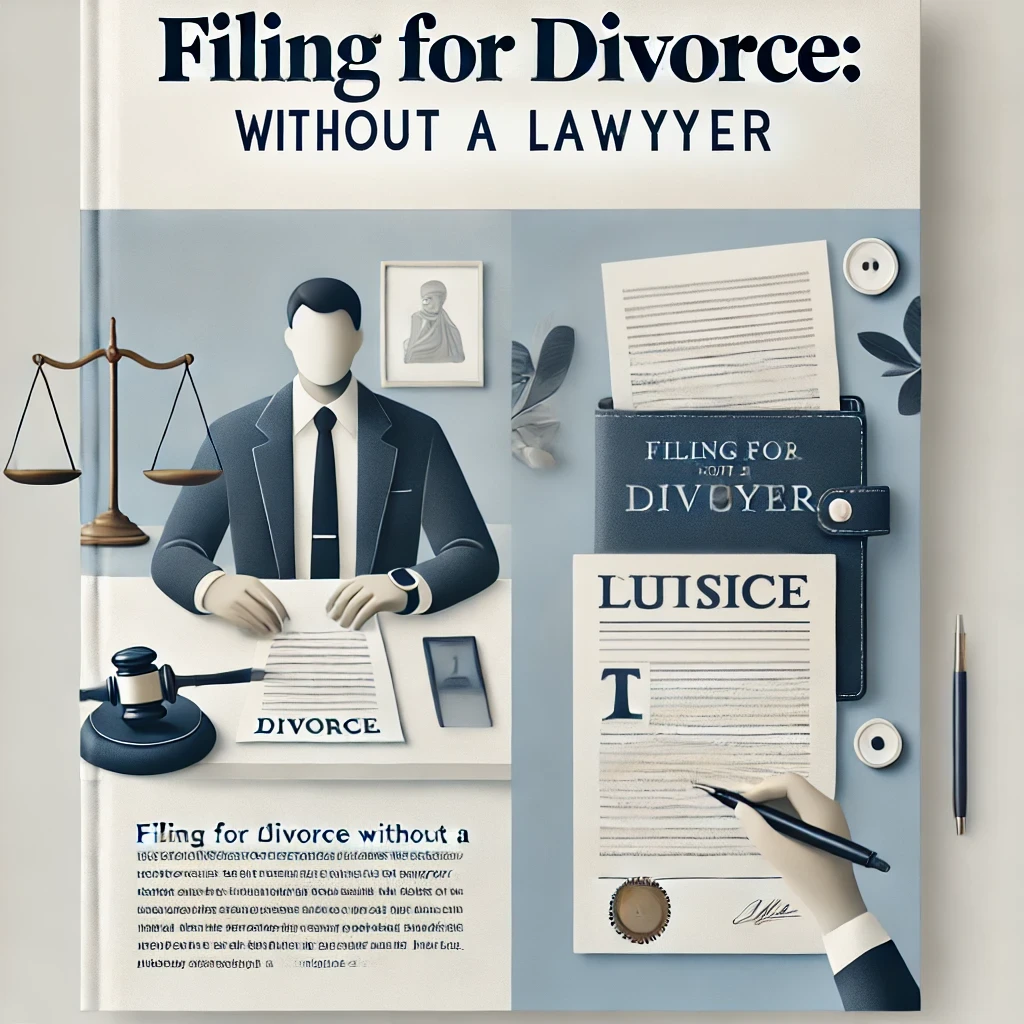
Step-by-Step Guide to Demanding a Refund for a Defective Product
Understanding Your Rights as a Consumer
In today's fast-paced world, consumers often find themselves navigating a complex marketplace filled with products that may not always meet their expectations. When you've invested your hard-earned money into a product, the last thing you want is to receive something that doesn't work as promised. Unfortunately, defective products can slip through the cracks, leaving consumers frustrated and unsure of how to proceed. The good news is that you have rights as a consumer, and knowing how to demand a refund for a defective product can empower you to take action. In this comprehensive guide, we will explore the steps you need to take, the legal insights you should be aware of, and real-life examples that illustrate successful refund requests. By the end of this article, you'll be equipped with the knowledge to effectively advocate for yourself and ensure that you receive the compensation you deserve.
Key Takeaways
- Understand Your Consumer Rights
- Document Everything
- Follow the Correct Procedure
- Know the Warranty Terms
- Seek Legal Advice if Necessary
Consumers have the right to receive products that are safe and functional.
Keep records of your purchase, communications, and any evidence of the defect.
Know the steps to take when requesting a refund, including contacting the seller and following up.
Familiarize yourself with the warranty and return policy of the product.
Don't hesitate to consult a legal expert if you encounter resistance.
Your Step-by-Step Guide to Demanding a Refund
- Step 1: Identify the Defect
- Step 2: Review the Return Policy
- Step 3: Gather Documentation
- Step 4: Contact Customer Service
- Step 5: Follow Up in Writing
- Step 6: Escalate the Matter if Needed
- Step 7: Consider Legal Action
Before you can demand a refund, you need to clearly identify what is wrong with the product. Is it damaged, not functioning as promised, or was it the wrong item entirely? Take detailed notes and photographs of the defect to support your claim.
Check the retailer’s return policy, which can usually be found on their website or included in your purchase receipt. Understand the time frame within which you must request a refund and any specific conditions that must be met.
Collect all necessary documentation, such as the original receipt, warranty information, and any correspondence with the retailer. This will provide a clear record of your purchase and the defect.
Reach out to the retailer’s customer service department. Be polite but assertive when explaining the situation. Clearly state that you are seeking a refund due to the defective product and provide them with the documentation you gathered.
If you do not receive a timely response, follow up with a written request via email or postal service. Include a summary of your previous communication and reiterate your request for a refund.
If your initial attempts do not yield results, consider escalating your complaint. This may involve contacting a manager, filing a complaint with a consumer protection agency, or utilizing social media to gain attention.
If all else fails and you believe you have a strong case, you may want to consult with a legal professional to discuss your options, including small claims court.
Understanding Legal Insights and Potential Pitfalls
When demanding a refund for a defective product, it's crucial to understand the legal landscape surrounding consumer rights. The Uniform Commercial Code (UCC) governs the sale of goods in the United States, providing consumers with certain protections. Key insights include: 1. **Implied Warranty of Merchantability**: Products are expected to be fit for ordinary use. If a product is defective, it may violate this warranty, giving rise to a refund claim. 2. **Express Warranty**: If the seller has made specific promises about the product's quality or performance, and the product fails to meet these standards, you have a right to demand a refund. 3. **Return and Refund Policies**: Retailers must clearly communicate their return and refund policies. Failure to do so could complicate their ability to deny your claim. 4. **Consumer Protection Laws**: Each state has consumer protection laws that may provide further rights. For example, laws against deceptive trade practices may apply if the product was misrepresented. 5. **Document Everything**: In legal disputes, documentation is critical. Keep detailed records of all communications, receipts, and evidence of the defect. Legal cases highlight the importance of being informed: in **Jones v. Walmart** (2019), a consumer successfully claimed a refund after demonstrating that a defective item violated the implied warranty of merchantability. However, in **Smith v. Target** (2020), a lack of documented proof led to a denial of the claim, underscoring the necessity of proper documentation. Navigating these legal waters can be complex, and it’s recommended to consult with a legal expert if you encounter challenges during the refund process.

Real-Life Examples of Successful Refund Claims
- Case Study 1: Defective Electronics
- Case Study 2: Faulty Kitchen Appliance
In 2022, a consumer purchased a high-end laptop from a popular electronics store. Shortly after the purchase, the laptop began to overheat and shut down unexpectedly. After contacting customer service and following up with documentation, the consumer was initially met with resistance. However, by escalating the matter to the store manager and referencing their consumer rights, the consumer successfully obtained a full refund.
A customer bought a blender that stopped working within two weeks. The store’s return policy indicated a 30-day satisfaction guarantee. After documenting the defect and contacting customer service, the customer was given a runaround. However, by sending a formal written request and mentioning applicable consumer protection laws, the retailer ultimately agreed to process a full refund without further dispute.
FAQs
- What should I do if a retailer refuses to issue a refund?
- Can I demand a refund if I used the product?
- What if I lost my receipt?
- Are there time limits for demanding a refund?
- What if the product was a gift?
- Can I get a refund for digital products?
- What if I paid with a gift card?
If a retailer refuses your refund request, first ensure you have adhered to their return policy. Document all communications and consider escalating your claim to a manager or filing a complaint with consumer protection agencies. If necessary, consult a legal professional for assistance.
Yes, you can still demand a refund if the product is defective, even if you have used it. However, the extent of use and the product’s condition will be considered by the retailer in determining eligibility for a refund.
Losing your receipt can complicate the refund process, but it is not the end. Many retailers can look up your purchase using the credit card you used or ask for other identifying information. Always explain the situation and provide any evidence you have, like confirmation emails.
Yes, most retailers have specific time frames within which you must request a refund or exchange, typically ranging from 14 to 90 days. Be sure to check the store’s return policy and act promptly.
If the product was a gift, you may still be eligible for a refund, but you will likely need to provide the receipt or proof of purchase. Some retailers offer gift cards in lieu of refunds for returns without a receipt.
The return policy for digital products varies by retailer. Many do not allow refunds for digital downloads or services once accessed. However, if there are technical issues or misrepresentations, you may still have grounds for a request.
Refunds for purchases made with gift cards typically go back onto the gift card. Ensure that you provide the gift card information when requesting your refund.
Additional Resources
For further information and assistance, consider checking the following resources: - Federal Trade Commission (FTC) - Consumer Information: [www.consumer.ftc.gov](https://www.consumer.ftc.gov) - Better Business Bureau (BBB): [www.bbb.org](https://www.bbb.org) - Your local consumer protection agency.
Conclusion: Take Charge of Your Consumer Rights
In conclusion, demanding a refund for a defective product can be a straightforward process if you adhere to the right steps and understand your consumer rights. By documenting your claim, communicating effectively with retailers, and knowing when to escalate the matter, you can increase your chances of obtaining a satisfactory resolution. Always remember that as a consumer, you have the power to advocate for yourself, and being informed is the first step toward effective action. Don't hesitate to reach out for help if you find yourself in a challenging situation; knowing your rights can make all the difference.
Ready to Demand Your Refund?
If you need help navigating the process of demanding a refund for a defective product, contact Lex Harper today or visit our website for more resources and expert legal advice. Your rights matter, and we're here to help!





Comments